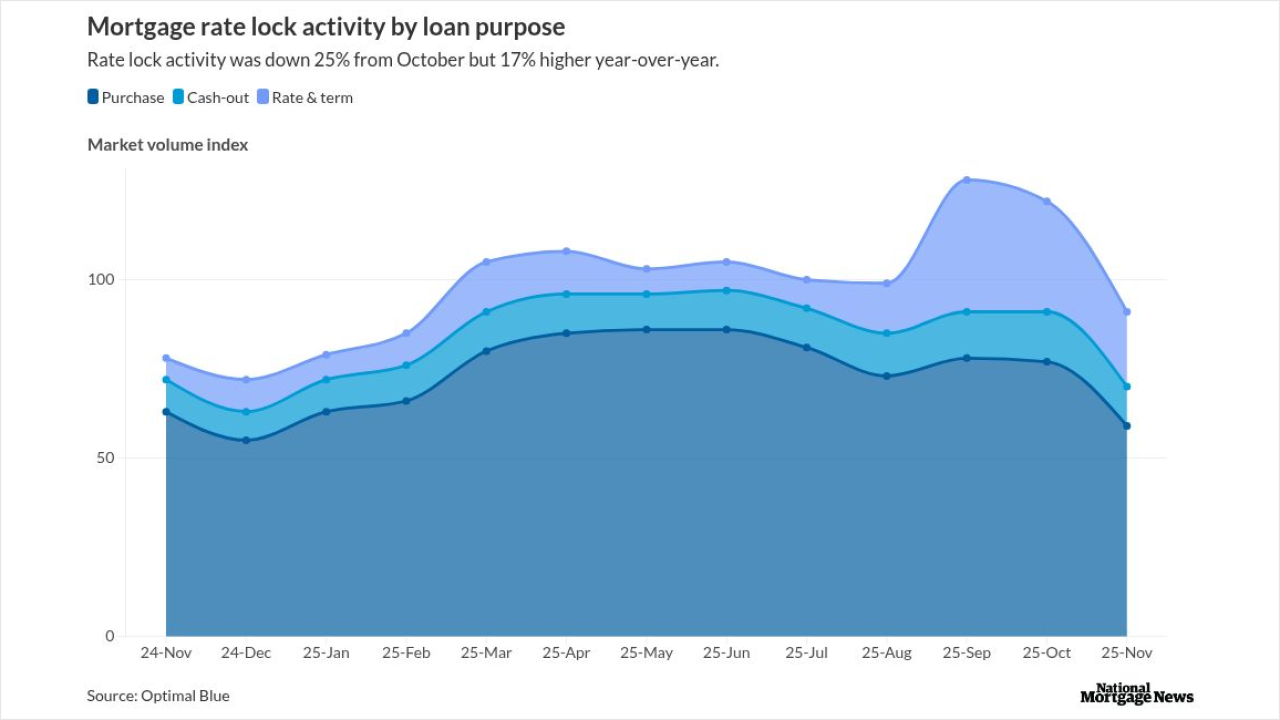CommonBond is coming to the securitization market again with another trust that uses the highly selective prefunding period feature to issue notes backed by private, refinanced student loans.
Tapping the market for $202 million, CommonBond Student Loan Trust 2019-A-GS will be a short-term deal with a remaining term of just 145 months. The borrowers of the underlying loans have a high weighted-average credit score of 772, a verified annual income of $192,896, and monthly free cash flow of $1,766.
Most of the borrowers of the underlying loans are in medical, business and legal professions who live in large metropolitan area. Borrowers from graduate degree programs are less likely to default and have lower unemployment rate during economic downturns, compared to those with undergraduate degrees.
The higher incomes and ample free cash flow, compared with other student loan borrowers, make this cohort better positioned to prepayments, according to Moody’s Investors Service.
Aside from these strong fundamental elements of the pool, CommonBond Student Loan Trust comes forward with a strong structure that includes several mechanisms to retain excess spread. Excess spread will be retained for the first six months before the June 2020 distribution date, for one, as well as after the balance of defaulted loans exceeds 2.75 percent of the total pool balance before the November 2023 and 4.0 percent afterward.
Moody’s expects to give the deal’s A-1 notes, with a principal balance of $161.8 million, a ‘Aaa’ rating; the A-2 notes, amounting to $22.6 million, will be rated ‘Aaa,’ and the B notes, at $18 million, a rating of ‘A1’.
As for the prefunding period, just 20 percent of the total pool balance, about $43.4 million in cash, will be deposited in prefunding accounts for the first three months of the deal.
In order to be placed in a prefunding account, they must be no more than 29 days delinquent, originated at least 14 days prior to acquisition for the trust. No more than 10 percent of loans with free cash flow of less than $2,500 would be included in the prefunding accounts, and the weighted average borrowers must have free cash flow of at least $6,500 at the time of origination.
During the prefunding period, according to Moody’s, the trust will incur negative carry because the cash on deposit in the prefunding accounts earns a rate significantly lower than the interest rate paid on the bonds.
Yet the shortfall is mitigated by the fact that collections on 80 percent of the total pool balance can be used to pay down the bonds. Also, 95 percent of the remaining funds in the fixed-rate and variable rate prefunding accounts will be released to the fixed-rate and variable-rate, respectively, at the end of the prefunding period.



